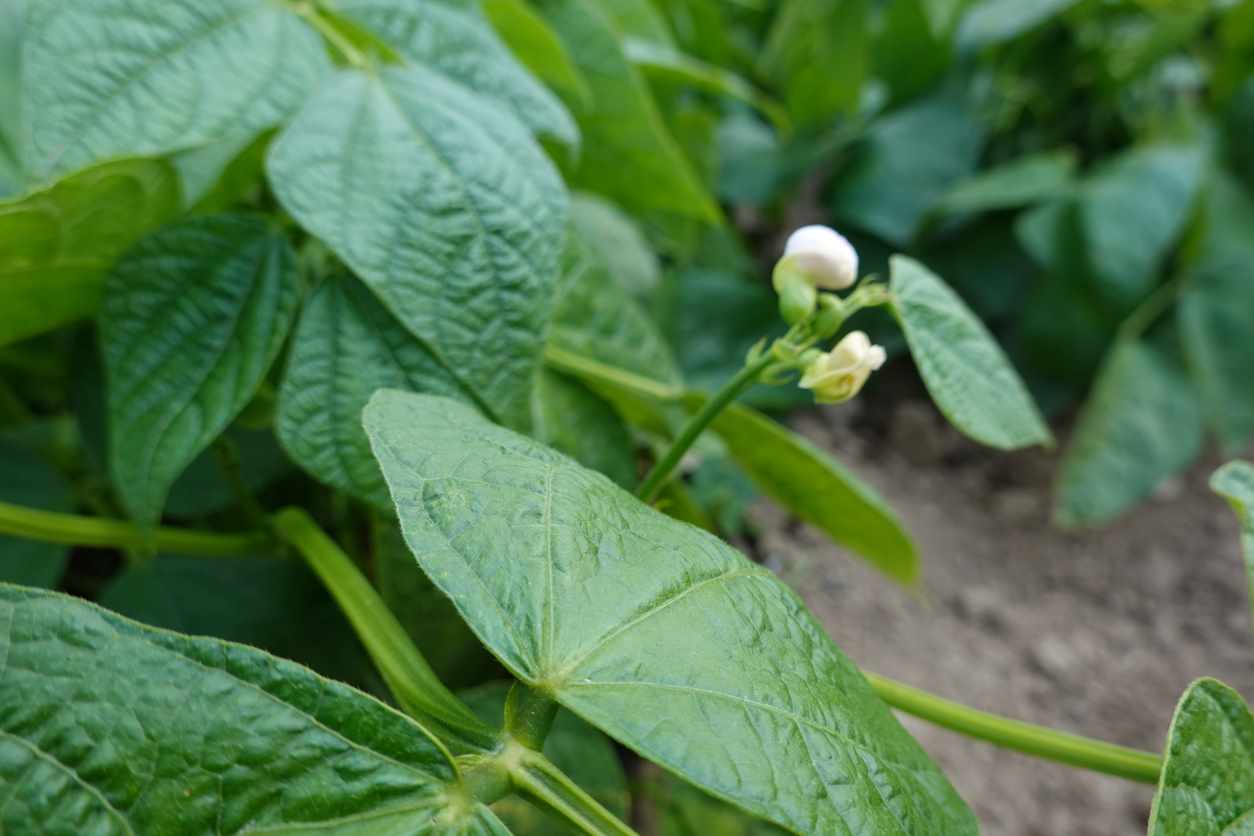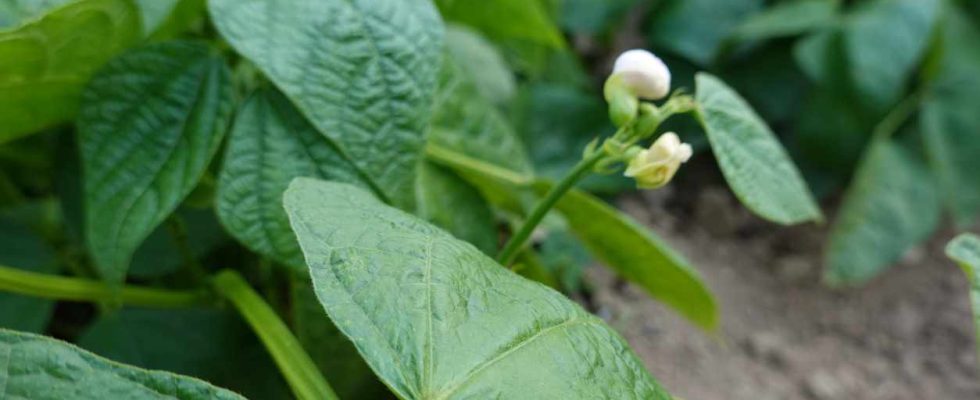
Learn more about green beans
From the Fabaceae family, the green bean, or Phaseolus vulgaris, is an annual plant originally from Central and South America, whose arrival in our countries we owe to Christopher Columbus. In fact, green beans are pods that are eaten before they reach maturity. Here are a few things to know:
- Physical description : The bean plant can be climbing, that is to say with stems, or dwarf depending on the variety. During the summer, the plant is covered with small flowers which can be white, pink or purple. Then come the beans which have a threadlike shape and are also different colors depending on the variety: green, yellow or purple. Yellow beans are called “butter beans”.
- Using Green Beans : They are eaten cooked, either hot, sautéed in butter for example, or cold in salads.
- Benefits of green beans : It is a vegetable rich in fiber, low in calories, which provides minerals such as potassium, calcium, copper, iron, magnesium and manganese.
- Different varieties : As we have seen, there are different varieties which are differentiated by the habit of the plant, in addition to the different colors. We can thus cite fillet beans and mangetout beans. The first have an elongated shape which remains quite thin. It is recommended to harvest them while they are still young to limit the appearance of threads in the vegetable. The second ones are, for their part, wider and without wires. Some varieties are earlier, and more or less productive.
What Green Beans Need to Grow Well
For a good harvest, it is necessary to offer the green beans what they need for their proper development.
Ground side
Green beans thrive in a light, moist and drained soil, rather sandy than clayey. But be careful, even if the bean appreciates humidity, the soil must not be waterlogged, hence the importance of drainage. Furthermore, it is recommended to enrich the soil of the plot that you reserve for beans in autumn. This can be with well-decomposed manure or compost.
Exhibition side
For growing green beans, choose a sunny location. If the variety you have opted for is a stemming variety, you will need to install supports to allow the plants to climb. The advantage is that they will be able to provide shade to plants that fear the sun.
When to sow green beans?
Due to its origins, the green bean remains a rather chilly plant which does not tolerate frost and which develops well in warm soil. This means that before sowing, it is important to wait until all risk of frost has passed and the soil has reached a temperature of at least 10°C, or even 12°C for white colored beans. The period when you will be able to sow will therefore greatly depend on the region in which you live:
- If you live in a region with a mild climate, the first sowings can be done between mid-March and the end of March, depending on the weather.
- In other regions, it is advisable to wait until mid-May.
Once the first sowings have been made, you can consider others until mid-July, staggering them every 15 days, for example. This will allow you to harvest beans all summer and into early fall.
How to sow green beans?
Once the location has been selected and the soil has sufficiently warmed up, you will be able to sow as follows:
- Beforehand, it is recommended to soak the seeds for about 24 hours. Even if it is not obligatory, it promotes faster seed emergence.
- Pull a string, then all along it dig a furrow at least 3 cm deep. To do this, you can use the pointed blade of the serfouette. If the soil is dry, water the bottom of the furrow before planting the seeds. If you plan to make several rows, leave a space of 40 cm between each one in the case of dwarf beans and 75 cm in the case of pole beans.
- Place your seeds in the furrow. Two solutions are available to you: either in pockets spaced about 30 cm apart, that is to say 5 to 7 seeds in the same place, or seed by seed, spacing them from each other by 7 to 8 cm. The advantage of sowing in pockets is that it allows the plants to hold each other, which prevents them from lying down.
- Cover with soil and tamp lightly. You do not have to completely close the furrow. You can only close it after germination.
- Finally, proceed to watering in fine rain.
And after sowing?
Green beans are then quite easy to care for. Here are the main points of their interview:
- Water : Beans need regular watering in fine rain and preferably in the evening, taking care not to wet the foliage. To reduce the frequency of watering, it is recommended to install mulch on the bean rows.
- Install the reams for climbing beans : This operation should be carried out as soon as leaves begin to emerge, approximately one week after sowing.
- Hoeing and weeding : when the plants have started to develop, hoeing between the rows must be carried out regularly. Here again, mulching can be very useful.
- Butter your feet : When the plants reach a height of approximately 20 cm, it is important to mound them, that is to say, to bring the earth to the base of the plants, without burying them completely. This operation helps stabilize the feet and prevents them from lying down.
Good associations and crop rotation
Be careful not to sow beans where you sowed them the previous year. It is preferable to wait between 3 and 4 years before putting plants from the Fabaceae family back into this same area.
Near the green beans, you can install:
- Basil and marigolds to repel insect pests.
- Savory to combat aphids.
- Potatoes, corn, as well as many other vegetables that will benefit from the nitrogen provided by green beans.
On the other hand, you should avoid combining green beans with leeks, garlic, onions, shallots, fennel or other plants from the Fabaceae family.
Harvesting and storing green beans
Depending on the variety of green beans you have chosen to sow, the harvest will be more or less early. It can thus begin between 2 and 4 months after sowing. If you are growing filet beans, it is recommended to harvest them while they are still young so that they are very tender. This means that you will have to do this picking task every 2 or 3 days.
Once harvested, beans cannot be stored for very long in the crisper drawer of the refrigerator. Therefore, if you do not plan to consume them within 3 days, you can resort to other preservation methods to which this vegetable lends itself well and which offer the advantage of being able to preserve it for several months to consume it out of season :
- freezing after blanching them;
- sterilization;
- lacto-fermentation.

